Kyoto, the ancient capital of Japan, is a place where one can enjoy the country’s unique cultural heritage.
Within this olden city lays countless World Heritage Site registered shrines and temples that provide stellar views which naturally changes its expression through the procession of the seasons.
In this article, we will show you the top 5 most picturesque vantage points that can be accessed from world famous tourist locations in Kyoto.
Kiyomizu-dera
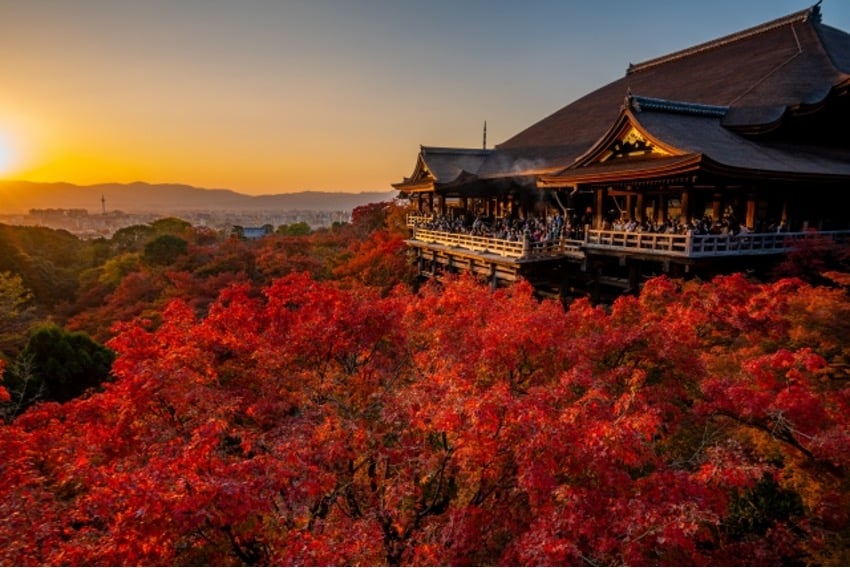
Kiyomizu-dera (清水寺 lit. “pure water temple”) is one of the most well-known scenic temples in Kyoto.
The famous main hall of Kiyomizu-dera is a gorgeous, massive wooden platform built atop a mountainside.
Kiyomizu-dera was first built in 778AD, and has been designated as a World Heritage Site.
The suspended platform of the main hall is known for its intricate architecture, which was constructed without the usage of a single nail.
In spring, the surrounding woodlands will be filled with cherry blossoms, and in autumn, the temple will be surrounded by beautiful, warm colored autumn leaves. During the peak seasons, the temple will be lit during the night—providing a grand, picturesque view throughout all days of the year.
If you were to visit Kyoto, this is the one place you shouldn’t miss out on.
▼Kiyomizu-dera
Address: 1-294, Shimizu 1-chome, Higashiyama-ku, Kyoto-shi, Kyoto
Phone:075-551-1234
Hours: 6:00 am - 6:00 pm (closes at 9:30 pm when the temple is illuminated)
Admission: 400 yen for adults and high school students, 200 yen for elementary and junior high school students
Official website:https://www.kiyomizudera.or.jp/en/
Arashiyama
Arashiyama (嵐山 lit. “storm mountain”) is a beautiful mountain located in western Kyoto.
On ground-level is the world famous Togetsukyo Bridge (渡月橋 lit. “cross moon bridge”).
This is an iconic bridge that is synonymous with the Kyoto landscape. The view of this beautiful bridge in the foreground of lush green mountains is certainly a scenery to behold. The landscape is well known for its cherry blossoms in Spring, and of its autumn leaves as well.
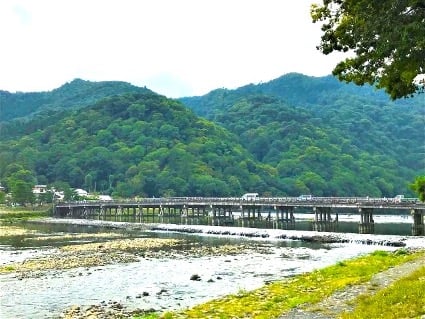
Located close by, is a beautiful bamboo forest path. This is also an unmissable scenery.
This bamboo forest provides a perfect background for a photo opportunity.
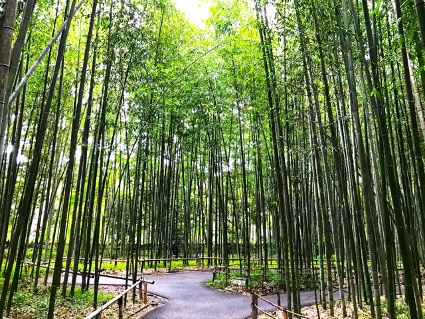
There is no shortage of picturesque temples, even in the Arashiyama area. One of them is Tenryu-ji, which is also listed as a World Heritage Site.
Aside from temples, within this area you can find various Japanese cuisine restaurants known for its great tofu dishes, and sweets shops that are simply delightful.
▼ Arashiyama Togetsu Bridge
Address: 1-5 Sagano-baba-cho, Tenryuji, Ukyo-ku, Kyoto City
Fushimi Inari-taisha

Built in 711AD, Fushimi Inari-taisha is most well-known for its Senbon Torii (pictured above), that makes frequent appearances in films and popular media.
The seemingly endless continuation of the vermillion torii gates is nothing short of spectacular, and is a great place for a photo op. If you want to go for an extra-Japanese aesthetic, go borrow a kimono from one of the rental shops close by, and dress up in true olden-Japanese fashion.
This place enshrines a deity known for having good luck in finance & health, so praying for good business and good health for your family is also a proper thing to do.
Hiking through Fushimi Mountain to stop by all the little shrines is called “Oyama-Meguri” (お山めぐり lit. “Mountain Pilgrimage”). The course spans 4km, making this a great light hike for those who want some exercise.
▼ Fushimi Inari-taisha
Address: 68 Yabunouchi-cho, Fukakusa, Fushimi-ku, Kyoto
Phone:075-641-7331
Access: Short walk from JR Inari Station. Take a city bus and get off at Inari-taisha-mae bus stop, 7 min walk. Keihan Railway Fushimi Inari station, 5 min walk.
Open all hours
Prayer and response time: 8:30 am-4:30 pm
Closed: Open all year round
Official website:http://inari.jp/en/
Gion
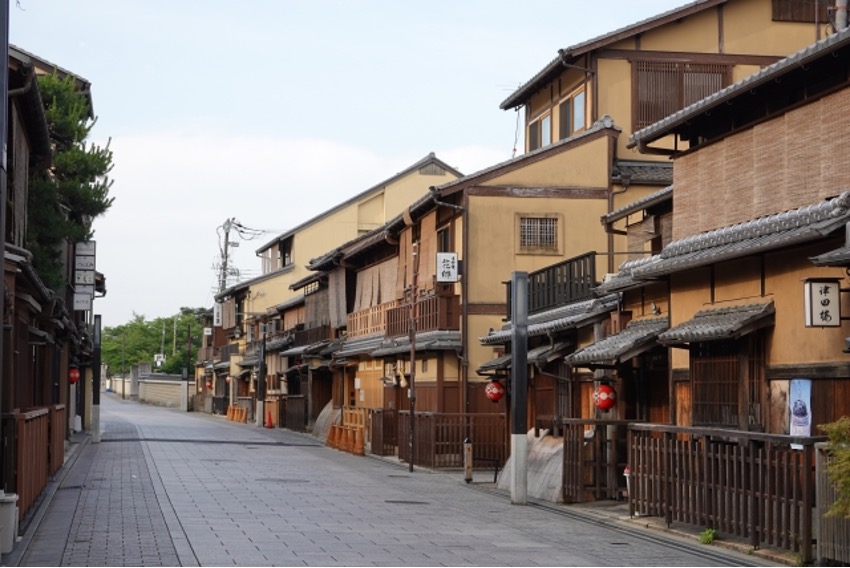
The town of Gion has the most traditional atmosphere in Kyoto.
Tightly packed wooden structures comprised of tea houses & Japanese Kaiseki restaurants line the streets, making the street aesthetic look as Japanese and Kyoto-an as one can possibly imagine.
Many places offer Maccha sweets, making this a pilgrimage site for Japanese sweets fanatics.
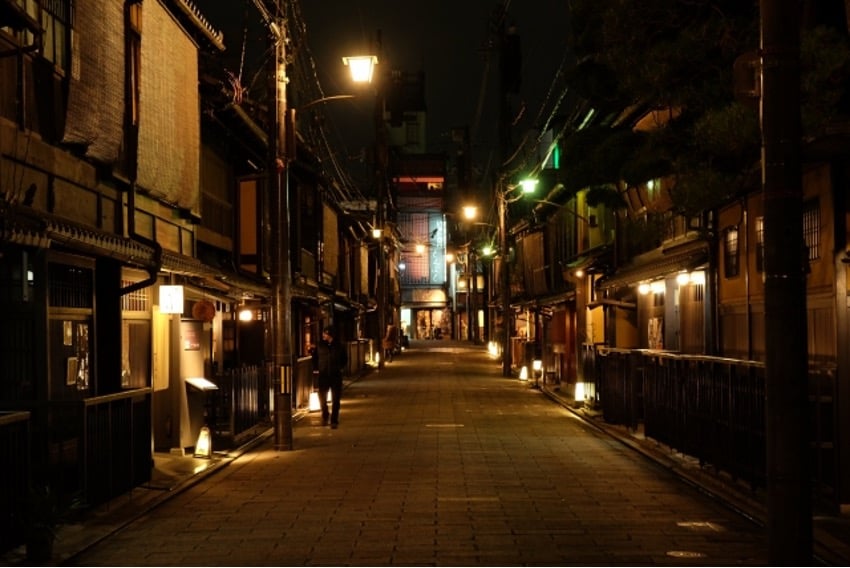
Intricate lights glow throughout the night, providing a nice backdrop for nightlife enjoyers.
If you’re lucky, you might see a Maiko / Geisha passing by.
Walking along the Shirakawa river in the Shimbashi district is also a strong recommend. Also—no shortage of cherry blossoms here during the spring.
▼ Gion Hanamikoji
Address: South side Gion-cho, Kyoto
Kinkakuji
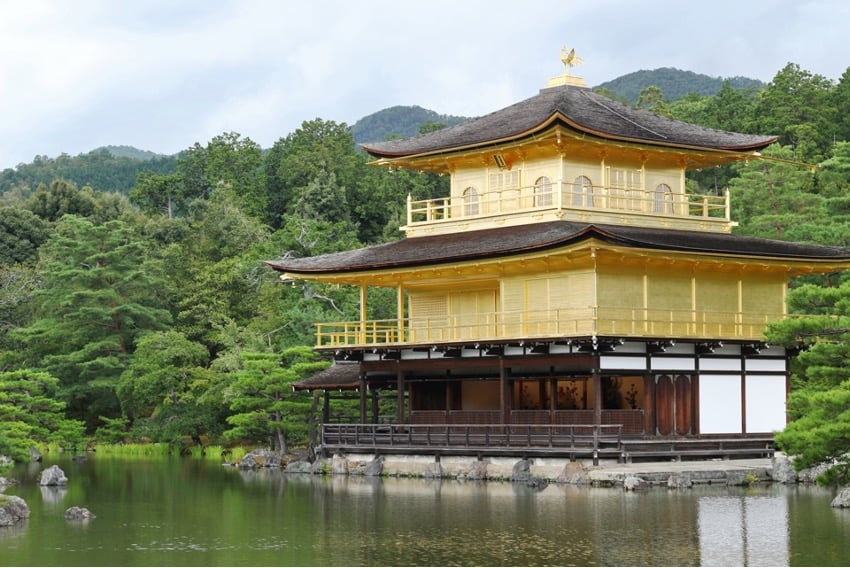
Kinkakuji (金閣寺 lit. “golden pavilion temple") was built in 1397 by Yoshimitsu Ashikaga, the third shogun of the Muromachi Shogunate who ruled Japan at the time.
The structures golden glow, and its reflection casted to the pond below, is otherworldly when seen in first person. Not to mention; this place is also a designated World Heritage Site.
This architecture is a pleasure to behold regardless of seasons, but some people say it’s best when the snow piles up on its roofs during winter.
▼ Kinkakuji Temple
Address: 1 Kinkakuji-cho, Kita-ku, Kyoto-shi, Kyoto
Phone:075-461-0013
Hours: 9 am-5pm
*Hours may vary due to special occasions
Closed: Open all year round
Admission: Adults (high school and above) 400 yen
Official website:https://www.shokoku-ji.jp/en/kinkakuji/
Plentiful awe-inspiring scenes in Kyoto
As seen in this article, the old Japanese capital of Kyoto has so many scenic views to offer, from sceneries of lush nature, to the intricacies of traditional Japanese architecture.
If you have plans to visit Kyoto, please go and check out the places mentioned in this article.
